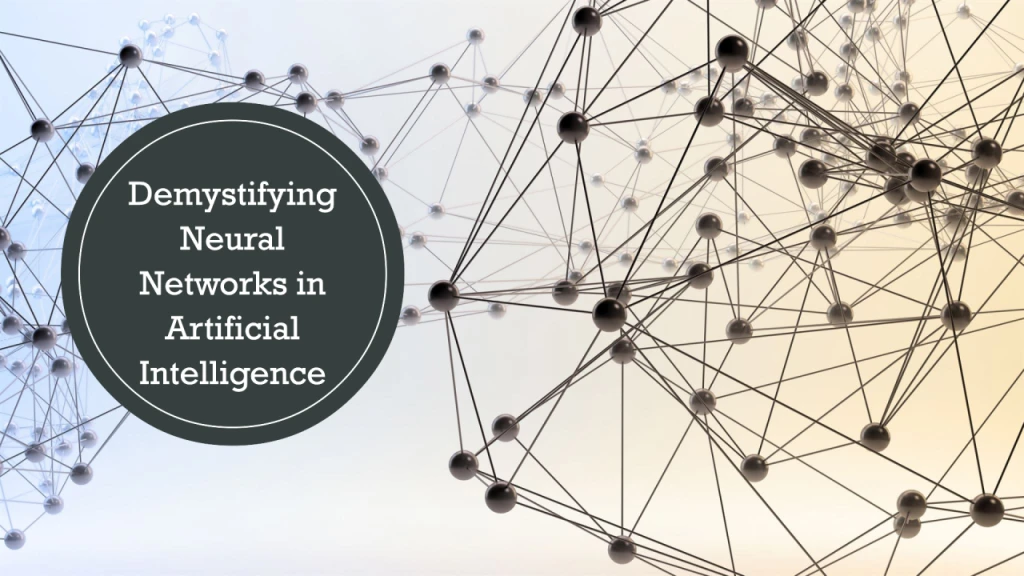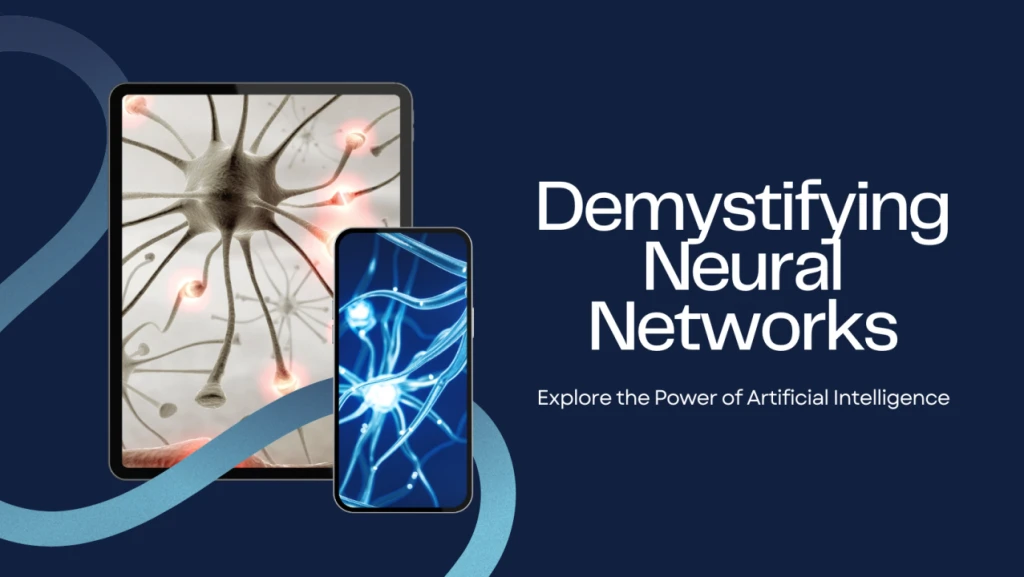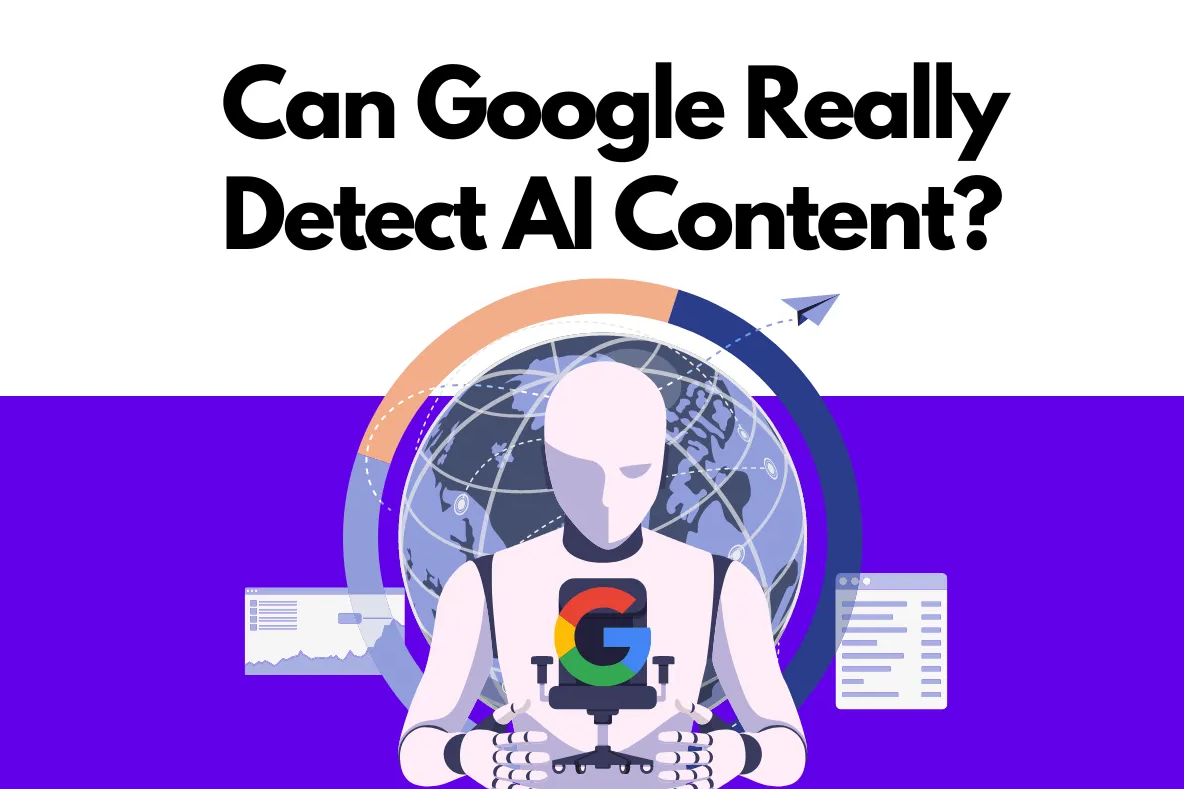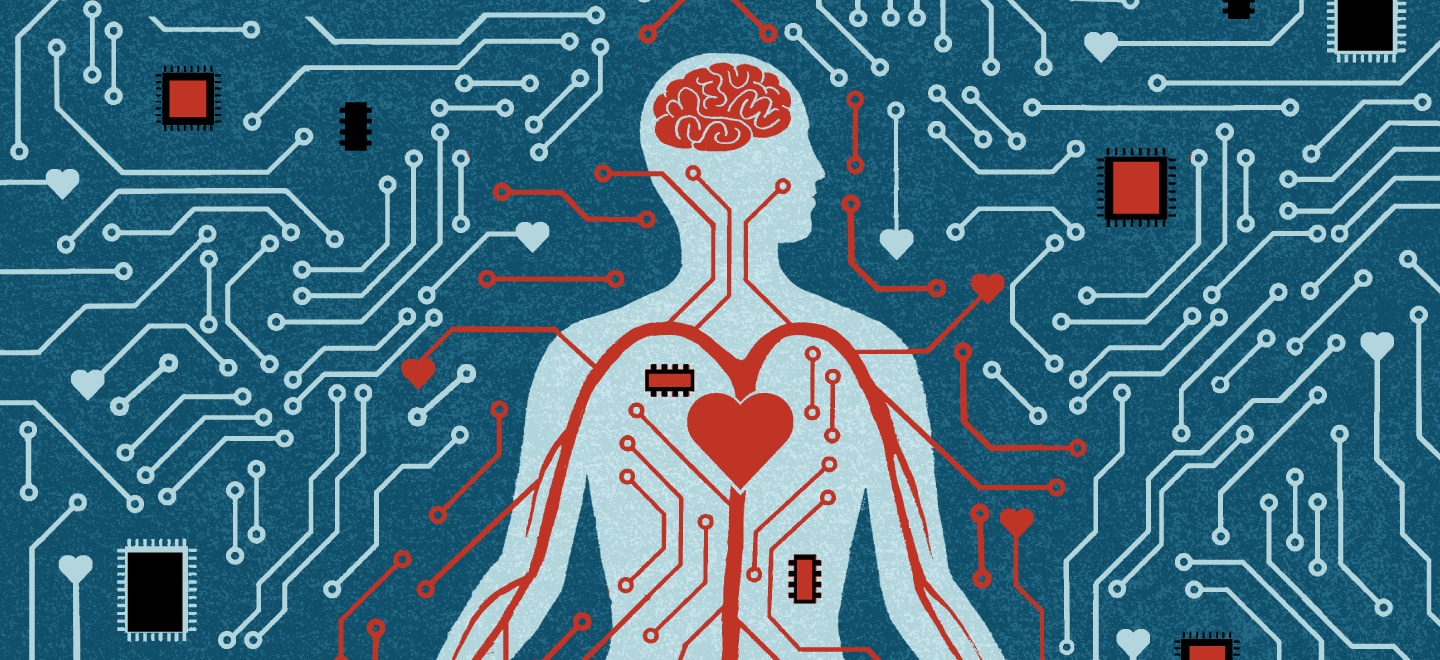Test AI on YOUR Website in 60 Seconds
See how our AI instantly analyzes your website and creates a personalized chatbot - without registration. Just enter your URL and watch it work!
1- Introduction: What Are Neural Networks?
This blog will break down how neural networks function, the different types, their advantages, challenges, and real-world applications - By the end, you’ll have a solid understanding of this revolutionary AI technology and its role in shaping the future.

2- The Inspiration Behind Neural Networks: The Human Brain
3- How Neural Networks Work: The Basics
3.1- The Structure of a Neural Network
A typical neural network consists of three main layers:
Input Layer: Receives raw data (e.g., an image, text, or numbers).
Hidden Layers: Process and transform the data using weighted connections.
Output Layer: Produces the final prediction or classification.
3.2- How Data Moves Through a Neural Network
Data enters the input layer (e.g., an image of a cat).
Hidden layers process the data using mathematical operations.
Activation functions decide which neurons “fire” and influence the final output.
The output layer produces a result (e.g., “This is a cat”).
4- Types of Neural Networks and Their Functions
4.1- Feedforward Neural Networks (FNNs)
The simplest type, where data moves in one direction from input to output.
Used in basic classification tasks, like spam detection.
4.2- Convolutional Neural Networks (CNNs)
Specialized for image and video processing (e.g., facial recognition, medical imaging).
Uses convolution layers to detect patterns in images.
4.3- Recurrent Neural Networks (RNNs)
Designed for sequential data processing, like speech recognition and time-series forecasting.
Uses loops to remember previous inputs (great for AI chatbots and predictive text).
4.4- Generative Adversarial Networks (GANs)
Consist of two competing neural networks: a generator and a discriminator.
Used to create realistic AI-generated images, music, and videos (e.g., deepfakes, AI art).
4.5- Transformer Networks
The backbone of language models like ChatGPT and Google’s BERT.
Processes words in context rather than sequentially, making it more effective for AI-powered translation and writing.
5- Training a Neural Network: Learning from Data
5.1- The Training Process
Input data is fed into the neural network.
Weights and biases adjust as the network processes data.
Backpropagation (error correction) fine-tunes the network’s accuracy.
The network learns over multiple training cycles.
5.2- The Role of Big Data in AI Learning
The more high-quality data a neural network has, the better it performs.
AI models trained on diverse and extensive datasets are more accurate and reliable.
Test AI on YOUR Website in 60 Seconds
See how our AI instantly analyzes your website and creates a personalized chatbot - without registration. Just enter your URL and watch it work!
6- Advantages of Neural Networks
Self-Learning: Neural networks improve with experience.
Pattern Recognition: Excellent at detecting complex relationships in data.
Versatility: Can be applied to various industries, from healthcare to finance.
Automation: Reduces human effort in repetitive tasks like fraud detection.
7- Challenges and Limitations
7.1- High Computational Cost
Training deep neural networks requires massive processing power and energy.
AI models like GPT-4 require powerful GPUs and cloud computing resources.
7.2- The “Black Box” Problem
Neural networks make decisions, but their reasoning is often unclear.
This lack of transparency raises ethical concerns in AI decision-making.
7.3- Data Dependency & Bias
AI models are only as good as the data they are trained on.
Biases in data can lead to unfair or inaccurate predictions (e.g., biased hiring AI).
8- Real-World Applications of Neural Networks
8.1- Healthcare
AI can diagnose diseases from X-rays, MRIs, and CT scans.
Neural networks help predict patient outcomes and personalize treatments.
8.2- Finance & Fraud Detection
AI detects suspicious transactions to prevent fraud.
Stock market prediction and risk assessment rely on neural networks.
8.3- Autonomous Vehicles
Self-driving cars use CNNs to identify objects and RNNs to predict movement.
8.4- AI Chatbots & Virtual Assistants
Neural networks power Siri, Alexa, ChatGPT, and customer service chatbots.
8.5- Creative AI (Art & Music)
GANs generate AI-powered artwork, music, and deepfake videos.
9- The Future of Neural Networks: What’s Next?
9.1- Quantum Neural Networks
Combining quantum computing with AI could supercharge neural networks.
9.2- Self-Supervised Learning
AI that learns with minimal human intervention will reduce the need for labeled data.
9.3- AI That Explains Itself
Explainable AI (XAI) aims to make neural networks more transparent and trustworthy.
10- Conclusion: The Power of Neural Networks
Are we ready for a future where neural networks power everything around us?






